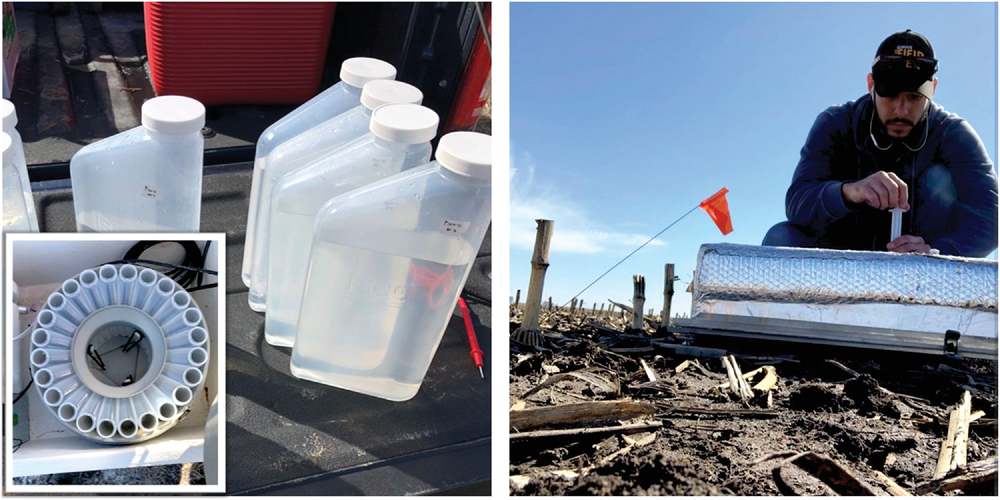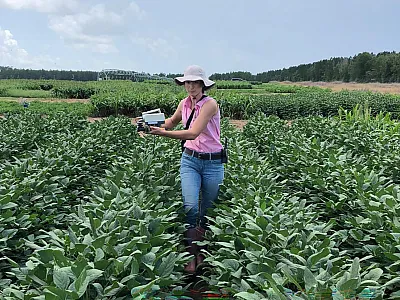System-Level Approach Needed to Reduce Nitrogen Pollution

Understanding nitrogen (N) cycling trade‐offs and synergies is essential for developing and implementing conservation practices to mitigate agricultural N pollution. However, few studies have evaluated the impacts of conservation practices on multiple N loss pathways in the same site year. Comparing environmental N losses on a mass basis is further complicated because of their different human health and ecological impacts.
Researchers from the University of Illinois Urbana‐Champaign reported that pairing two in‐field recommended practices for improving water quality may have unintended consequences on air quality. Over the three‐year study, the authors found that combining in‐season split N application with a cereal rye cover crop reduced nitrate losses by 37% compared with pre‐season N application. However, nitrous oxide emissions also increased by 26%. As a result, total N losses and environmental damage costs from each system were not different.
These findings highlight that because N losses still occur even with conservation practices, further reductions will only be possible through a holistic accounting of its environmental and social risks. Broad engagement from all sectors of society, including governments, producers, and agri‐food industries, will be needed.
Adapted from Preza‐Fontes, G., Christianson, L.E., & Pittelkow, C.M. (2023). Investigating tradeoffs in nitrogen loss pathways using an environmental damage cost framework. Agricultural & Environmental Letters, 8, e20103. https://doi.org/10.1002/ael2.20103
Text © . The authors. CC BY-NC-ND 4.0. Except where otherwise noted, images are subject to copyright. Any reuse without express permission from the copyright owner is prohibited.











